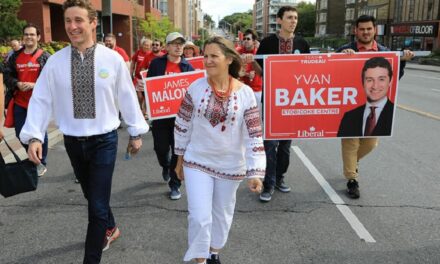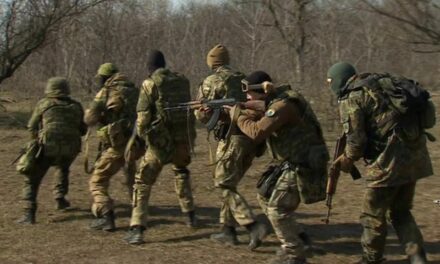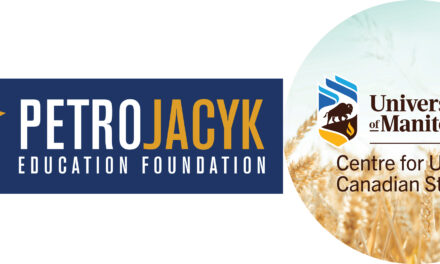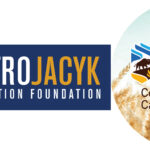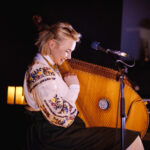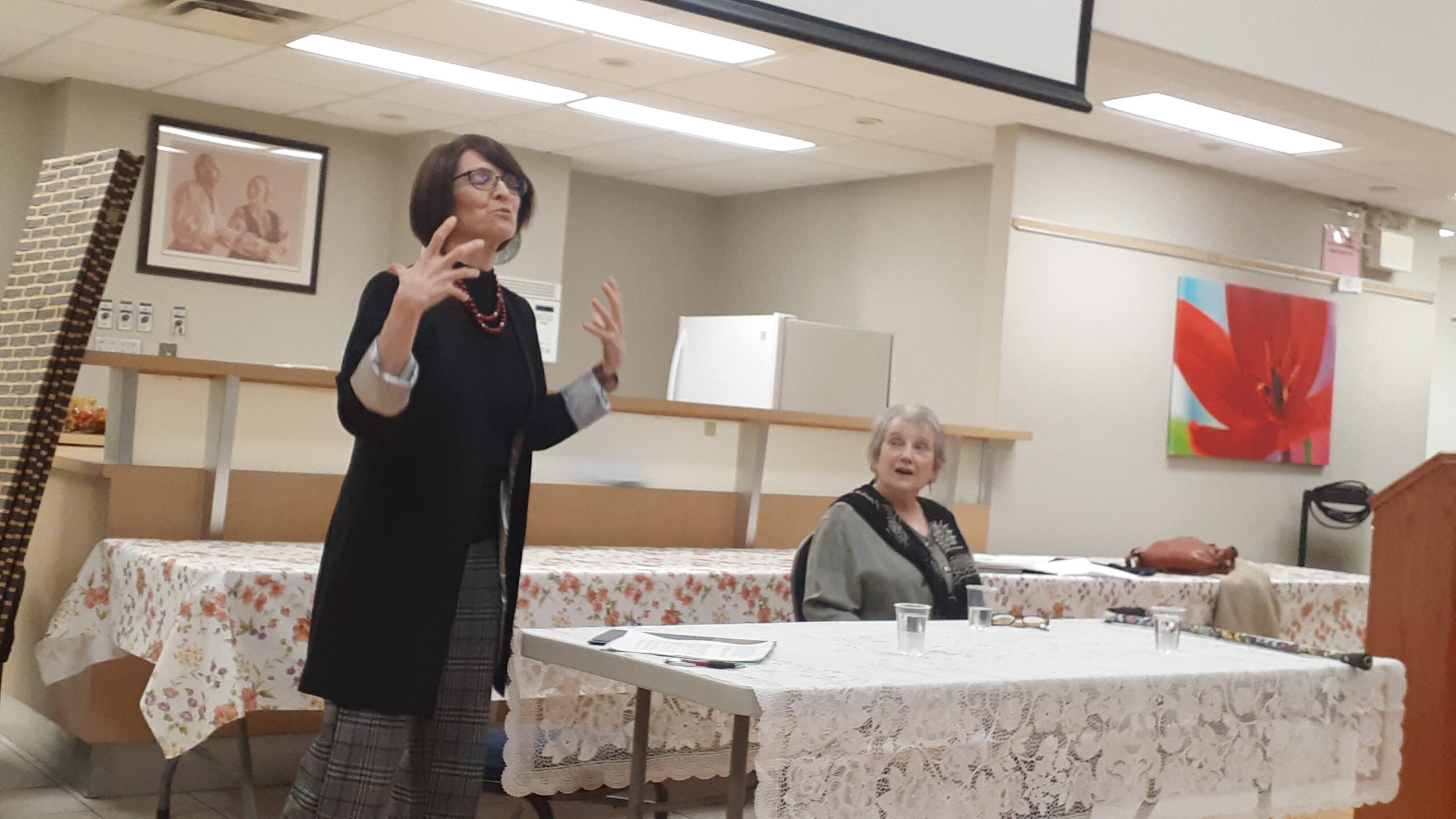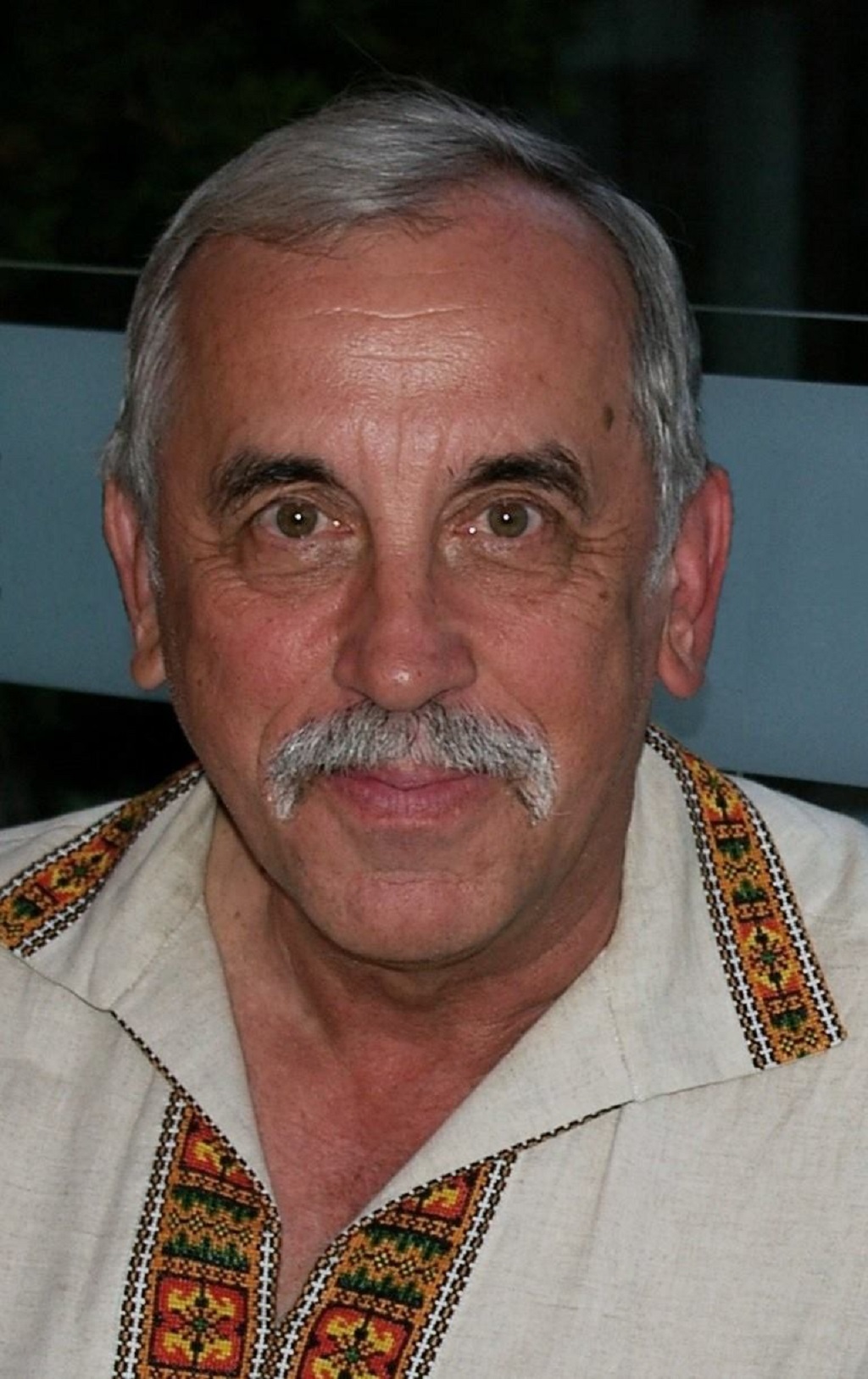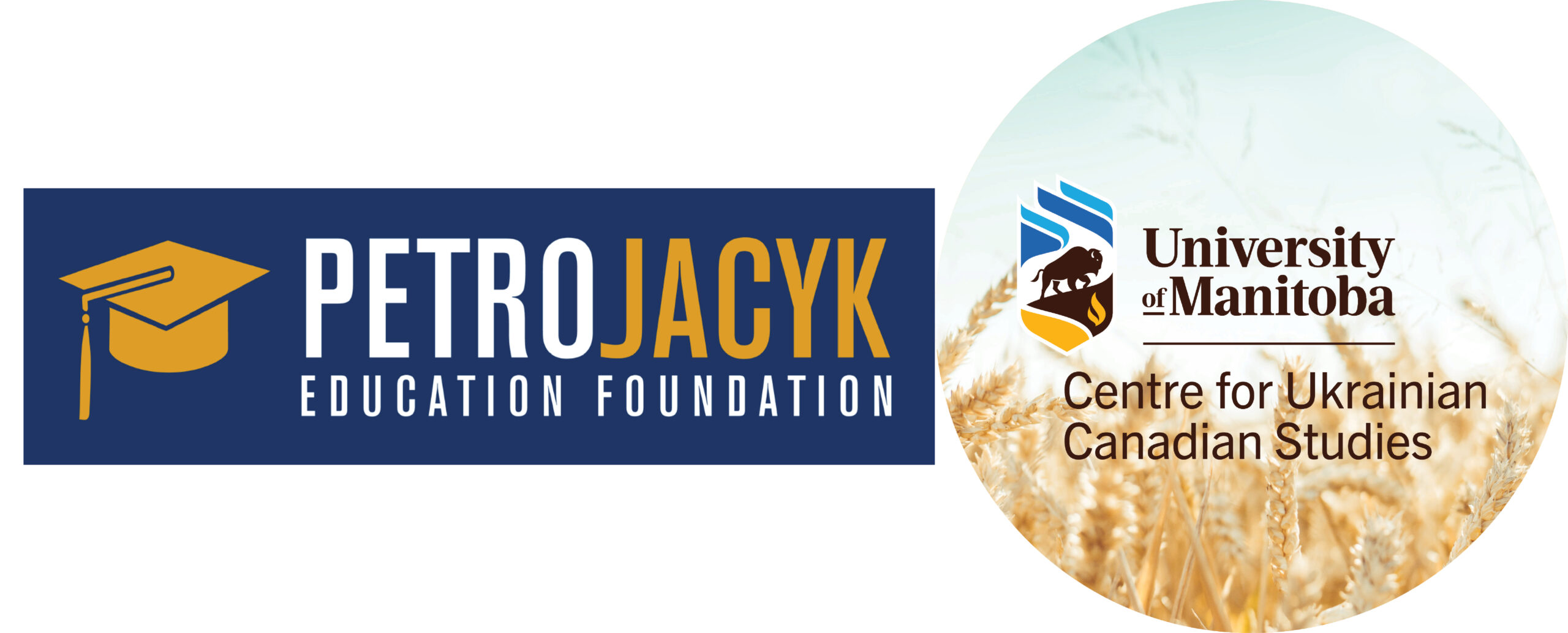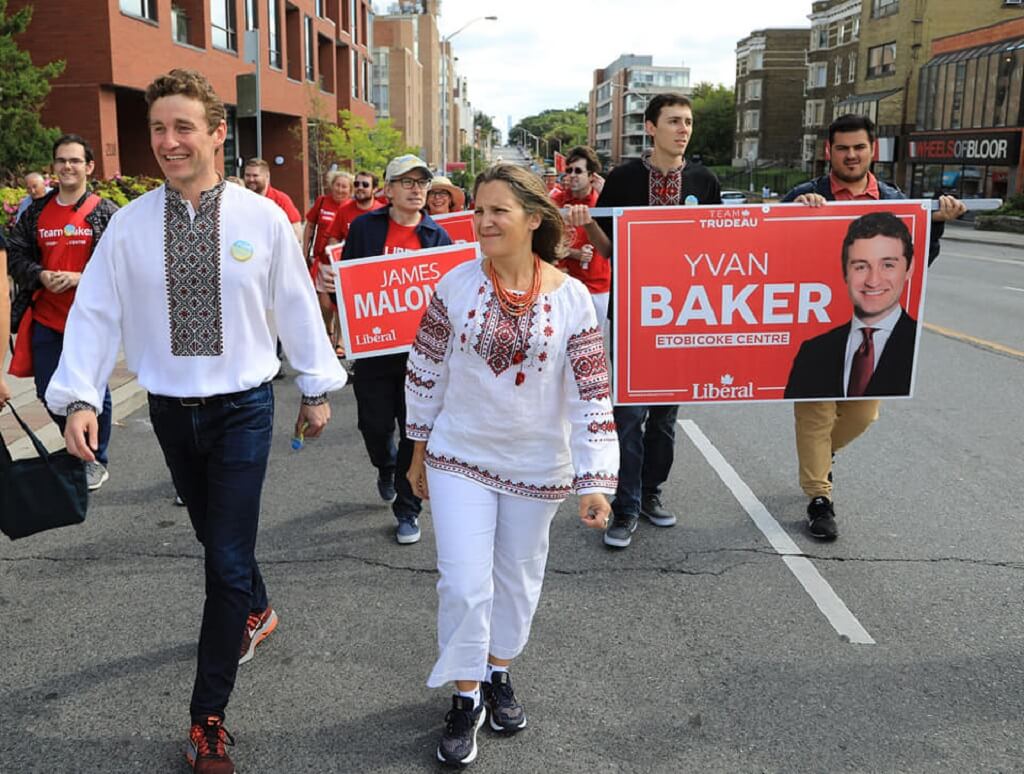Natalia Khanenko-Friesen (l) with Myrna Kostash. Photo: Marco Levytsky
NP-UN Western Bureau
It was a book about the Ukrainian Insurgent Army (UPA in its Ukrainian acronym) that inspired Myrna Kostash to write her latest volume.
Speaking at a presentation sponsored by the Kule Ukrainian Canadian Studies Centre at the Canadian Institute of Ukrainian Studies at St. John’s Ukrainian Cultural Centre, February 17, she stated it all began with a photograph historian Peter Melnycky alerted her to in the book Their Just War: Images of the Ukrainian Insurgent Army, by Vasyl Humaniuk and Lubomyr Luciuk in which she found a photograph of Stepan Fedorovych Kostashchuk.
“My heart jumps a beat. In a village of some eight hundred souls, it is impossible that we are not related. What the hell is he doing here? A Kostashchuk who had taken up arms at a time when desperate, cornered guerrillas already running low on ammo might do anything to get at the throat of a man, even a neighbour, with the Red Star on his cap, and tear it out, she explained.
“If I hadn’t been made aware of Their Just War, I do wonder what book I may have decided to write next, if any, after The Frog Lake Reader and The Seven Oaks Reader – both deep-immersions into western Canadian history at points of violent conflict between Indigenous peoples and Settlers. But, as it has turned out, that photograph of Stepan Fedorovych Kostashchuk proved to be the trigger for almost everything I had to say in Ghosts in a Photograph,” added Kostash.
Since her family in Canada had never heard of him, this led her to investigate further, including Yuri Kosovan, the youngest brother of her maternal grandmother, with whom she had maintained contact since she had left Dzhuriv in 1911 and who had died under mysterious circumstances after World War II.
Her Baba would often” weep inconsolably, her face buried in her apron, growling her anguish yet again about the fate of ‘poor, poor Yurko,’ murdered by “bandyty” (bandits) at the stoop of his parents’ home in Dzhuriv. He was just a simple conscripted Red Army soldier, home for Christmas.” But after investigating, she found there were four different versions of his death which are contained in the chapter “Versions of a Murder.”
Her paternal grandparents came from the village of Tulova and there was considerable documentation on them, much of it from her grand uncle Peter Svarich’s Memoirs, (translated by her father and posthumously published by the Ukrainian Pioneers’ Association of Alberta and the Huculak Chair of Ukrainian Culture and Ethnography in 1999), as well as her father’s anecdotes in his own memoir, A Gift to Last, recalled from childhood, the booklet Narysy Istorii Tulovy (2002), photos in the anthology Pokutiany (2010) and from 1900 a report in Hromadskyi Holos on the departure for Canada of families from Tulova, including Svariches and her grandfather Kostashchuk, who had married Anna Svarich.
They homesteaded near Royal Park Alberta, where Anna bore eight children over an 18-year span. Though she herself was illiterate all her sons graduated from university.
On her mother’s side, there were three grandparents: Baba Palahna Kosovan Maksymiuk, her first husband and her mother’s biological father, Nikolai Maksymiuk, and Baba’s second husband Andrew Maksymiuk, who became the only Dido she and her sister knew.
They were labourers who joined the pro-Communist Ukrainian Labour-Farmer Association and participated in their cultural activities This included mandolin concerts and plays, many of them written by Soviet Ukrainian playwright Myroslav Irchan during his ten years in Canada as a cultural activist for the members of the ULFTA. Irchan returned to Soviet Ukraine in 1929 but was arrested during Joseph Stalin’s Great Terror and executed in 1934.
Kostash was introduced by CIUS Director Natalia Khanenko-Friesen who stated that “reading this book inevitably invites the reader to think of the larger community in which the lives of the book protagonists have been embedded. This book is not just about Myrna or her family, or the complex relations between family members and generations.”
“Your book — in colourful brushes — restores the life of one particular family fully rooted in both the history of the Ukrainians in this country and that of Western Ukraine. To me, this is an illustration of how old established imaginings of who Ukrainian Canadians are – are being rewritten these days.,” she added.
“The Kule Centre at CIUS was happy to host a presentation of Myrna’s latest book because it is another important contribution by her to Ukrainian Canadian literature. As a local, Edmonton-born and based author who has produced a string of books on Ukrainian themes since the publication of her best-selling work, All of Baba’s Children, it seemed appropriate to showcase and celebrate her newest work which is of particular interest to all Canadians who share her Ukrainian roots,” said Jars Balan, Director of the Kule Centre.
Share on Social Media






